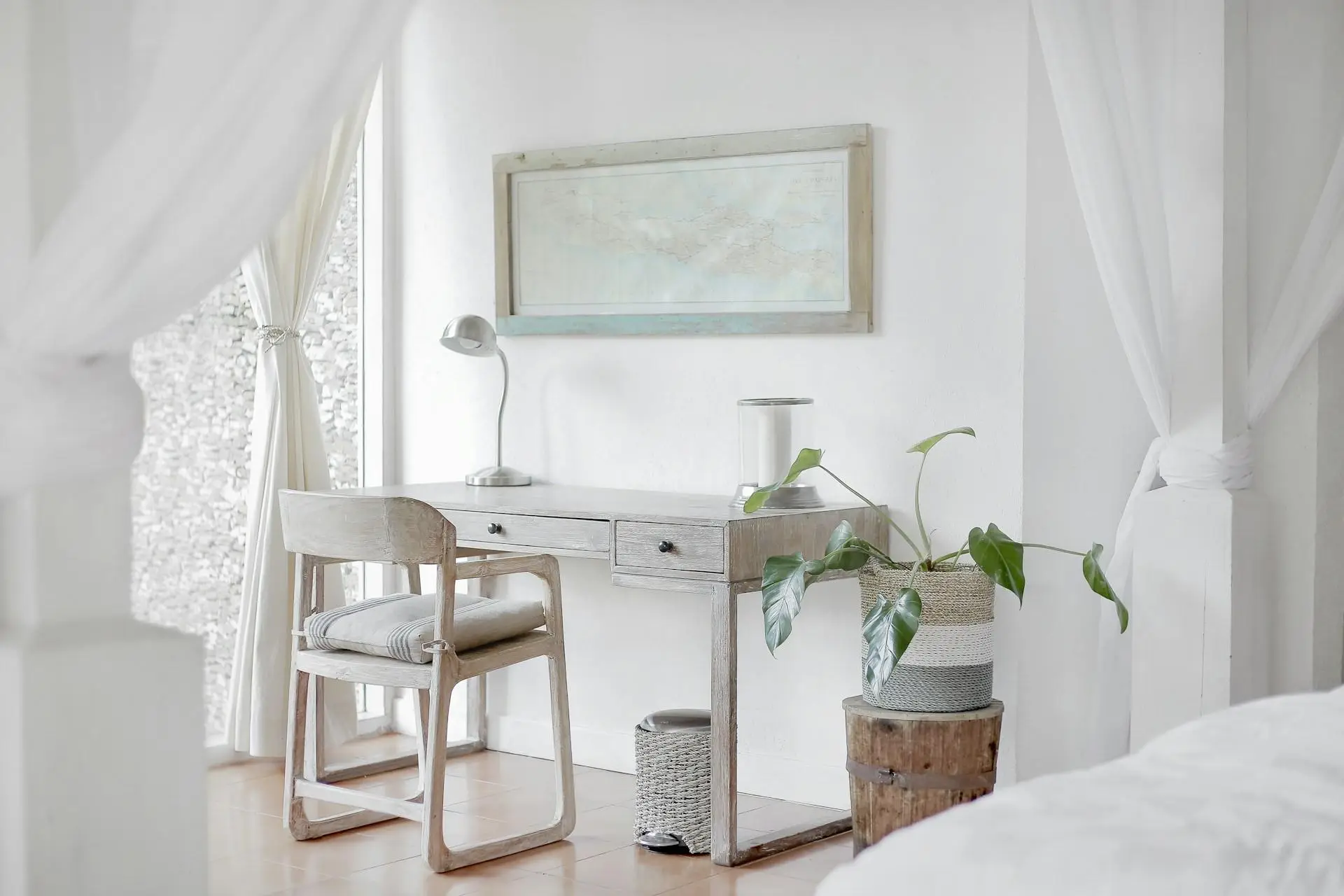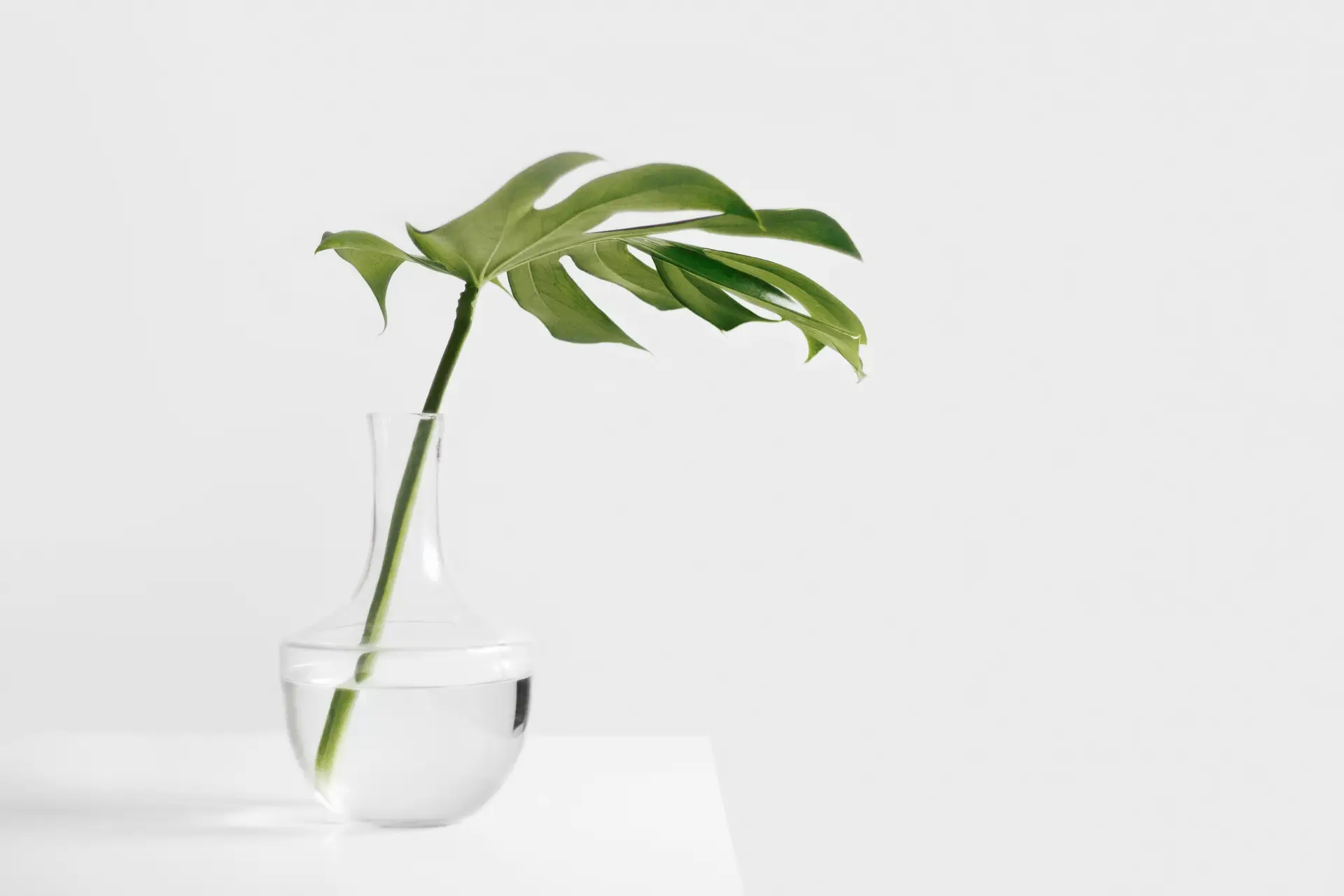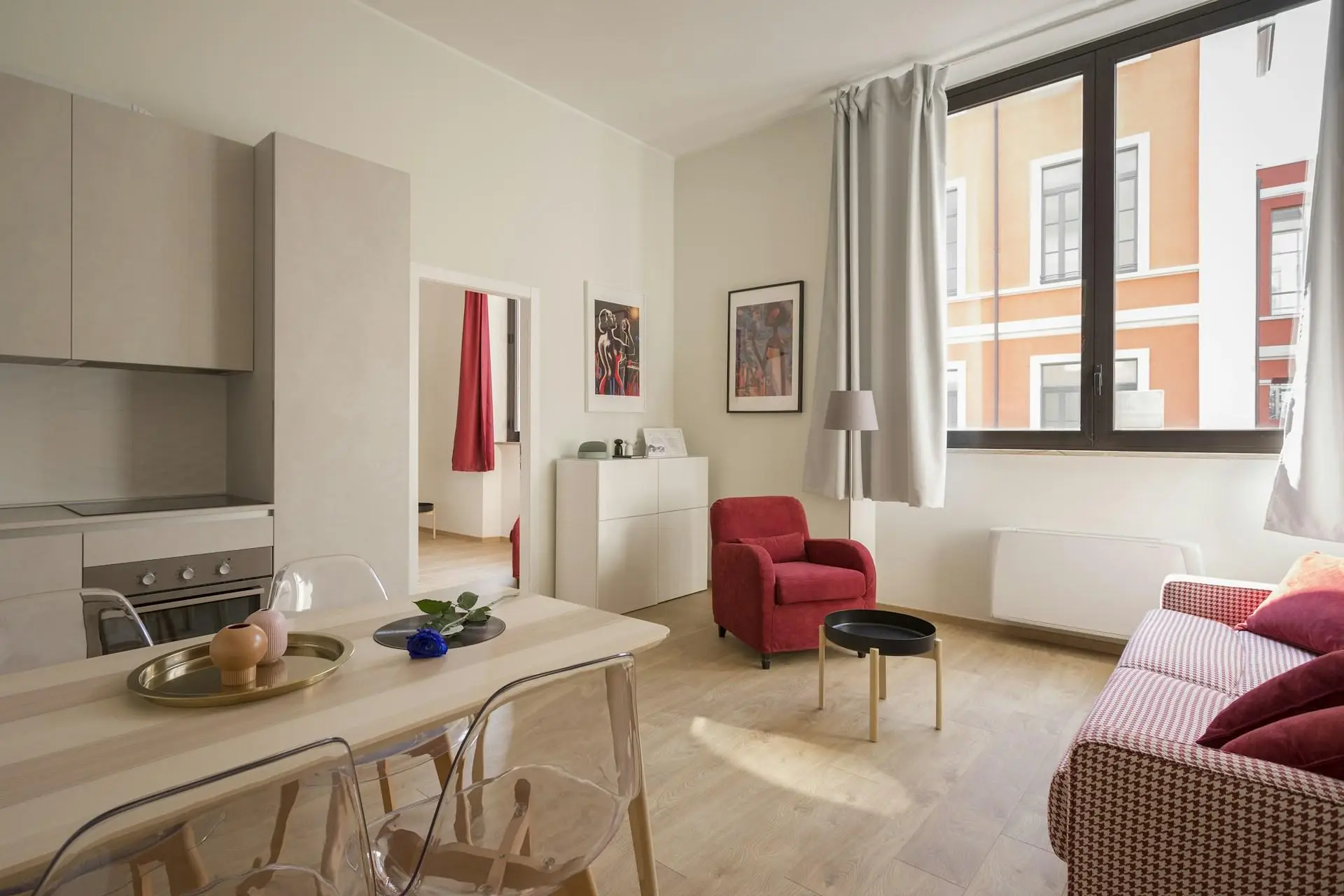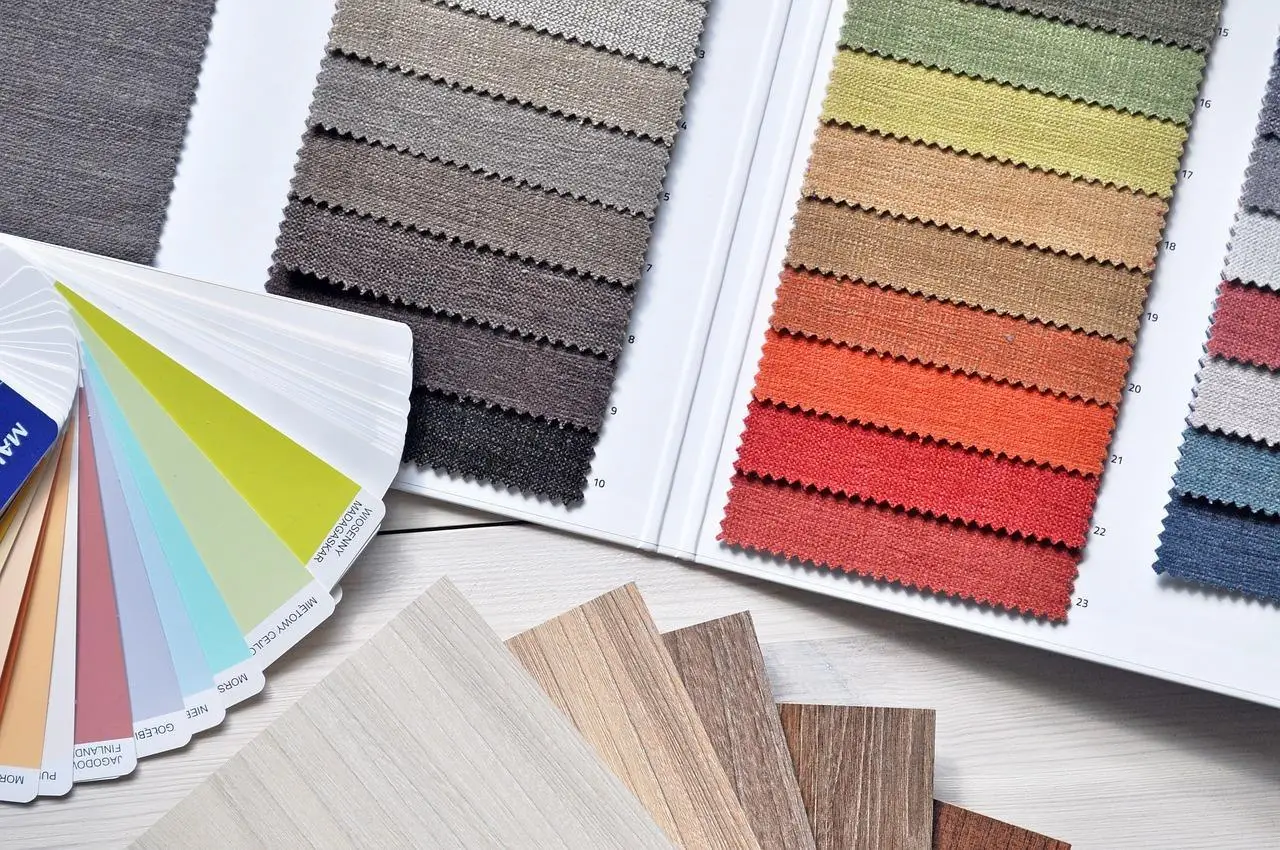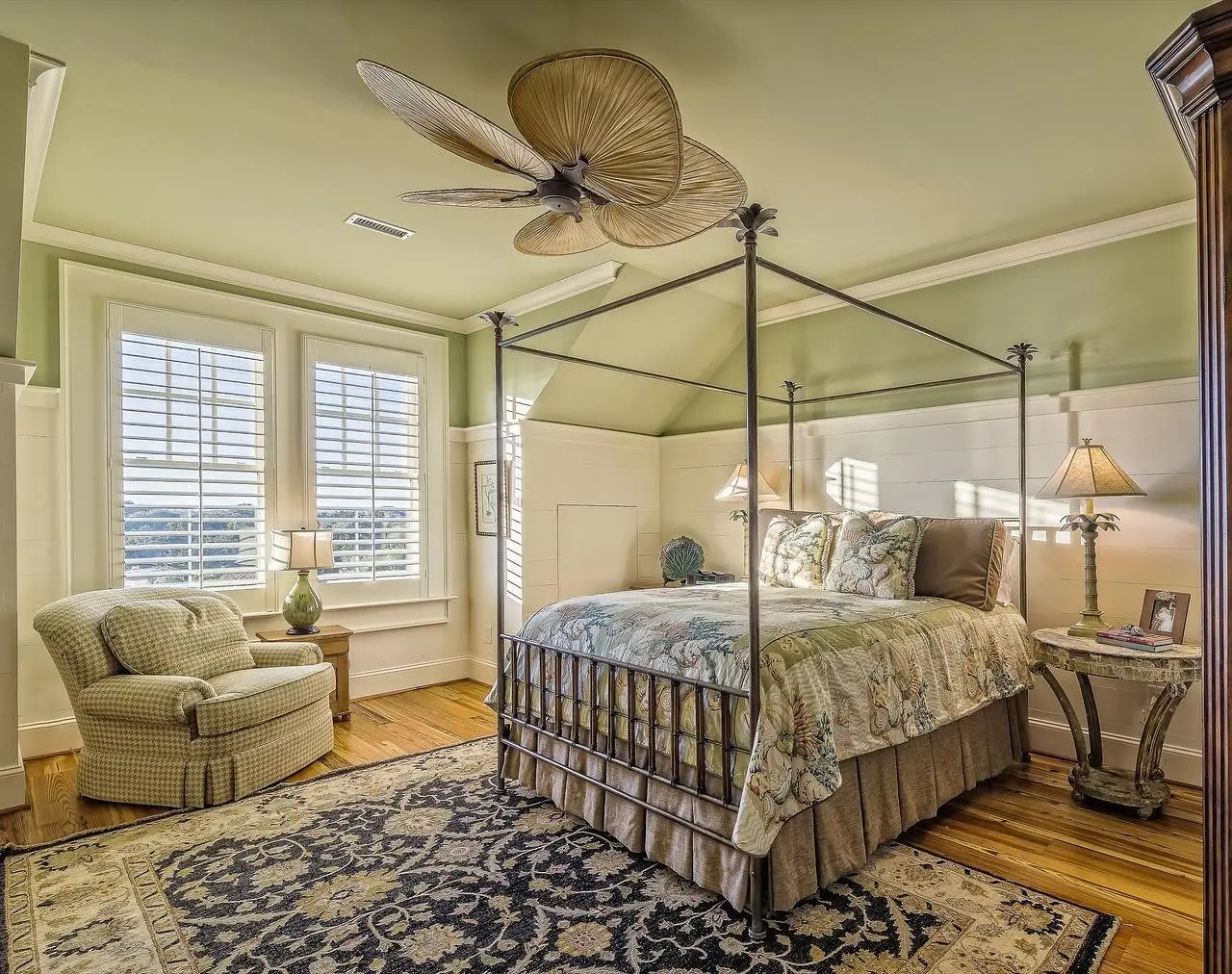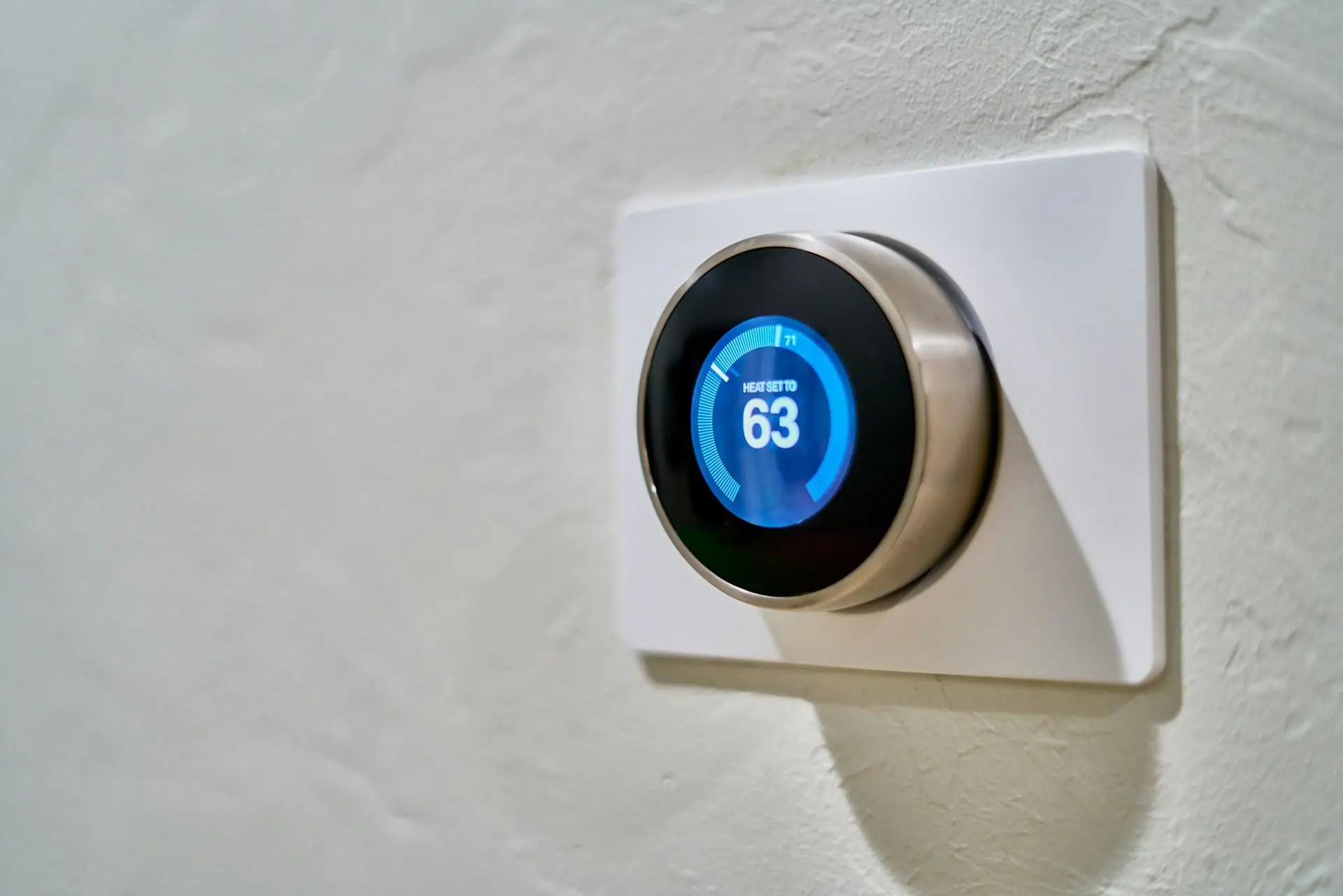Creating an Ideal Home Office: Balancing Functionality and Style in Interior Design
The rising trend of remote work has transformed home offices into essential spaces for productivity and creativity. The right home office not only enhances focus but also provides a comfortable environment that fosters well-being. This makes interior design an integral part of creating these workspaces. A carefully designed home office can seamlessly blend functional elements with stylish aesthetics, making it a perfect place to work. This article offers tips and solutions for crafting a home office that is both practical and visually appealing.
Key Elements to Consider in Home Office Interior Design
A. Space Planning: Creating an Efficient Layout
Assessing Available Space
The first step in designing a home office is assessing the available space. Begin by measuring the dimensions of the room to understand the layout options. Take note of any natural light sources, as natural light can significantly impact mood and productivity. Large windows can brighten a workspace, while smaller rooms may require strategic planning to maximize light and space.
Defining Work Zones
Once the layout is mapped out, it's crucial to define specific work zones. Allocate areas for various tasks, such as focused work, storage, and relaxation. Establishing a flow in the design will enhance productivity and prevent distractions. For instance, positioning the desk near light sources while allowing easy access to storage can create a harmonious environment.
B. Furniture Selection: The Backbone of Interior Design
Choosing the Right Desk
Selecting the right desk is pivotal in achieving a balance between form and function. Options like stand-up desks offer flexibility and can promote better posture, while traditional desks provide a classic look. Consider the materials; wood offers warmth, metal adds a modern touch, and glass can create an illusion of space.
Ergonomics and Comfort
Ergonomics plays a significant role in furniture selection. A supportive office chair can prevent back issues and enhance long hours of work. Additional seating options for meetings or relaxation should also be considered to ensure a comfortable and inviting atmosphere.
Storage Solutions
Storage solutions are essential for a clutter-free workspace. Incorporating shelves, cabinets, and organizational tools can help keep the office tidy. Emphasizing hidden storage solutions, such as built-in cabinets or drawer units, allows for a minimalist aesthetic that aligns with modern interior design principles.
C. Color Scheme and Aesthetics: Setting the Mood
Color Psychology in Workspaces
The colors chosen for a home office can greatly influence mindset and productivity. Colors such as blue and green are known to enhance focus and creativity, while warm tones can create a welcoming ambiance. Popular color schemes include soft neutrals combined with vibrant accents, providing both peace and inspiration within the workspace.
Mixing Styles for a Personal Touch
Mixing styles can infuse personality into a home office. Combining modern, traditional, or eclectic elements allows for a unique touch that reflects individual tastes. Personalizing the space with art, photographs, or decor can create an atmosphere that motivates and energizes.
D. Lighting: Illuminating Productivity
Importance of Natural Light
Natural light should be maximized whenever possible. Positioning the desk near windows can reduce reliance on artificial lighting and enhance overall mood. Additionally, using sheer curtains can soften light while maintaining brightness, making the workspace feel airy.
Layered Lighting Design
A well-designed lighting strategy includes layers of illumination. Ambient lighting provides general illumination, while task lighting focuses on specific work areas. Accent lighting can highlight decor or artwork, contributing to the overall aesthetic. Choosing fixtures that align with the office's style can elevate the design further.
E. Technology Integration: Modernizing the Workspace
Planning for Tech Needs
In today’s digital age, planning for technology is crucial. Ensure sufficient outlets for devices and consider the importance of a strong internet connection. Managing cords and cables with organizers or cable management systems can create a clean and neat appearance that enhances the overall interior design.
Incorporating Smart Solutions
Smart technology can enhance productivity in the home office. Features like smart lighting and climate control systems can be beneficial, allowing adjustments for optimum comfort. Other gadgets, like wireless charging stations, can streamline the workspace and reduce clutter.
F. Personal Touches and Accessories: Bringing the Space to Life
Adding Greenery and Biophilic Design
Incorporating plants can significantly improve the atmosphere of a home office. Greenery not only adds aesthetic appeal but also promotes a sense of tranquility and well-being. Consider choosing low-maintenance plants, such as succulents or snake plants, for easy care and lasting beauty.
Functional Yet Stylish Accessories
Accessories should complement the overall theme of the office while being functional. Choosing aesthetically pleasing organizational tools, such as stylish file folders or decorative desk organizers, contributes to a harmonious look without sacrificing practicality.
Creating the perfect home office requires thoughtful consideration of functionality and style. By balancing key elements such as space planning, furniture selection, color schemes, lighting, technology integration, and personal touches, individuals can design a workspace that fosters productivity and reflects their tastes. Investing time and resources into this environment not only ensures comfort during work hours but also enhances overall well-being and satisfaction with the home office space. A well-designed home office can seamlessly integrate the principles of interior design to create an inspiring and effective workplace.

